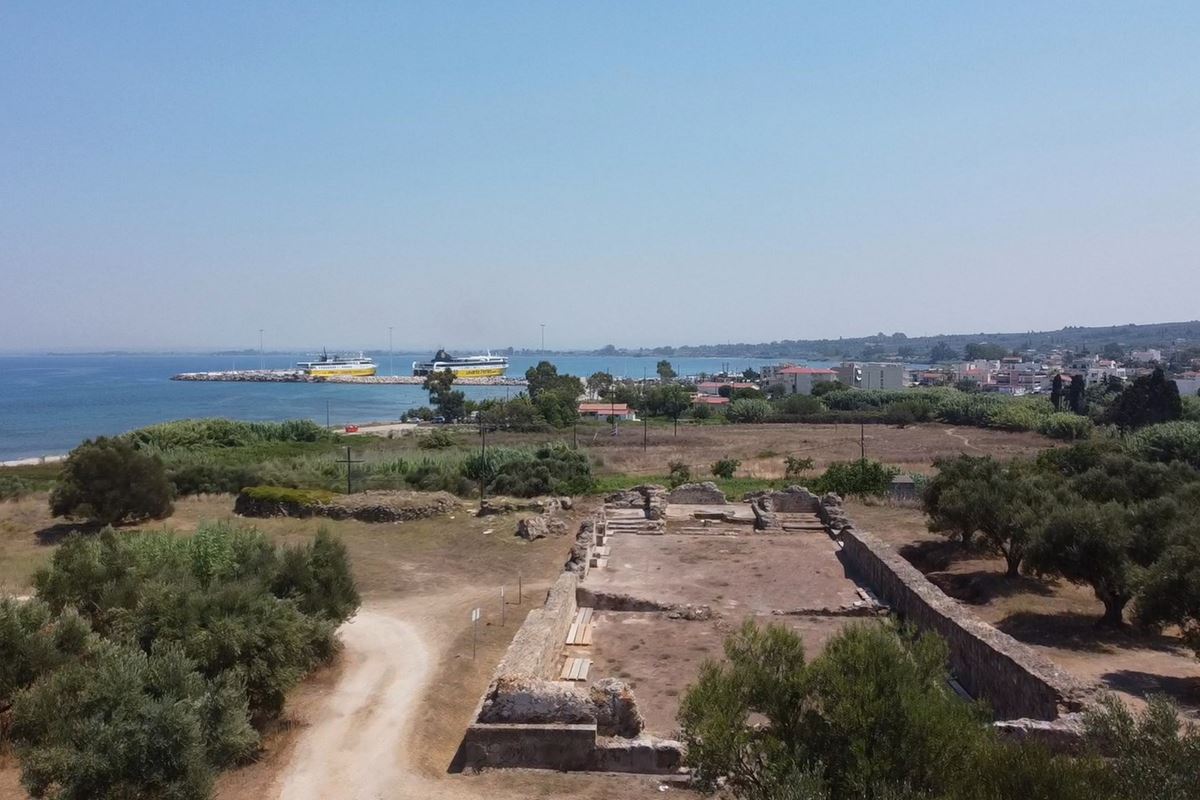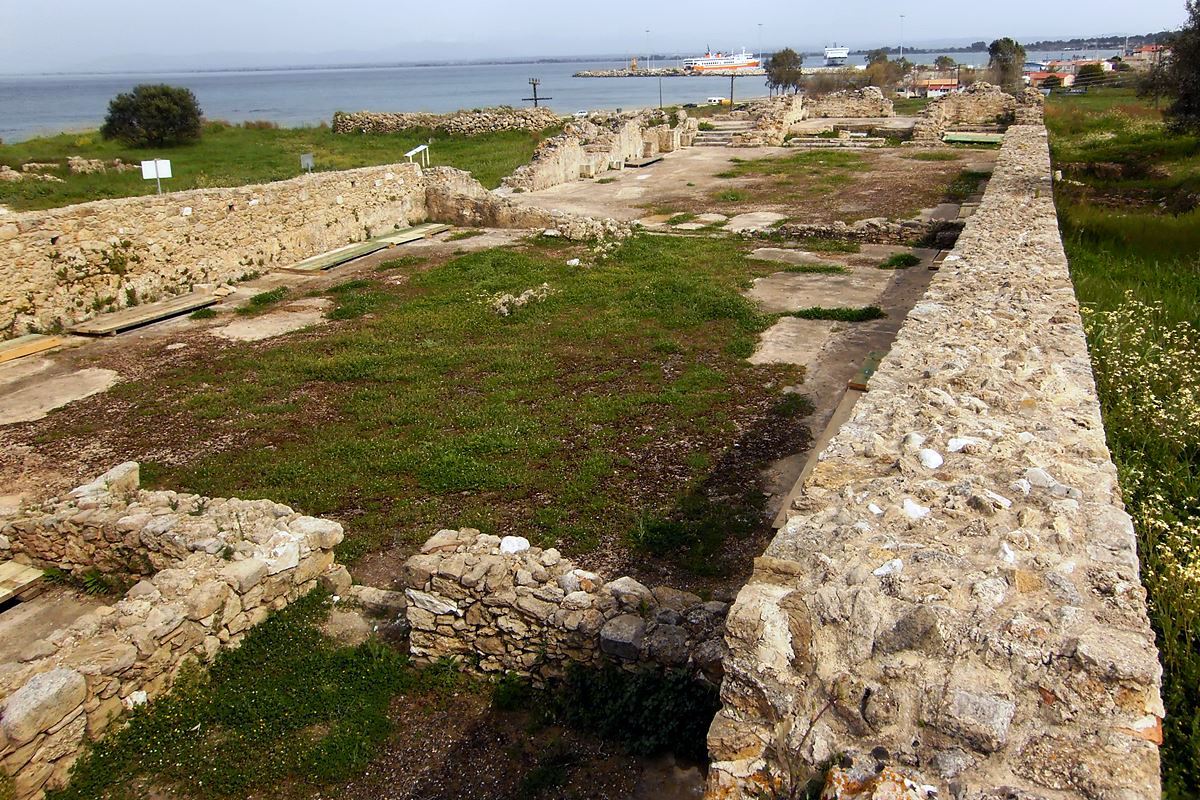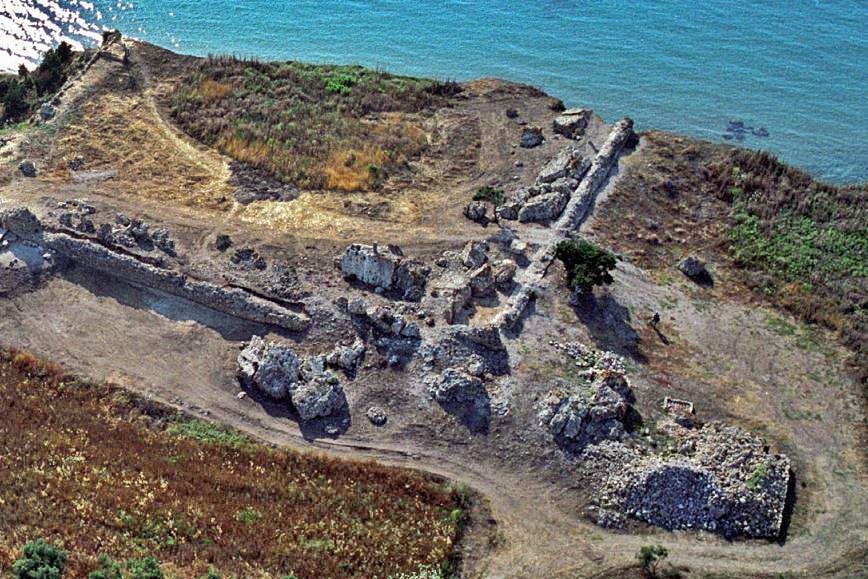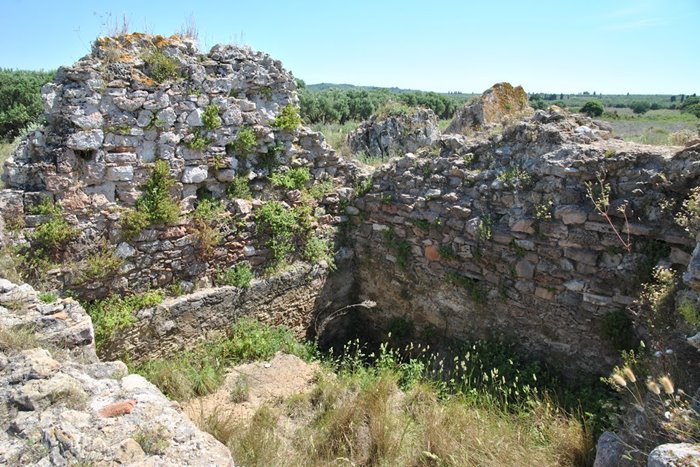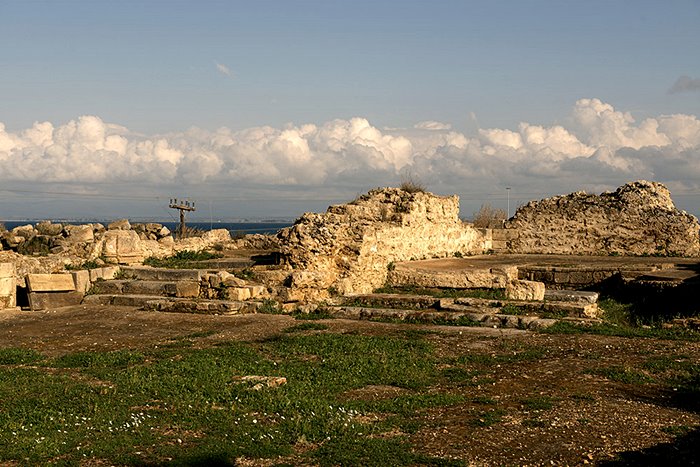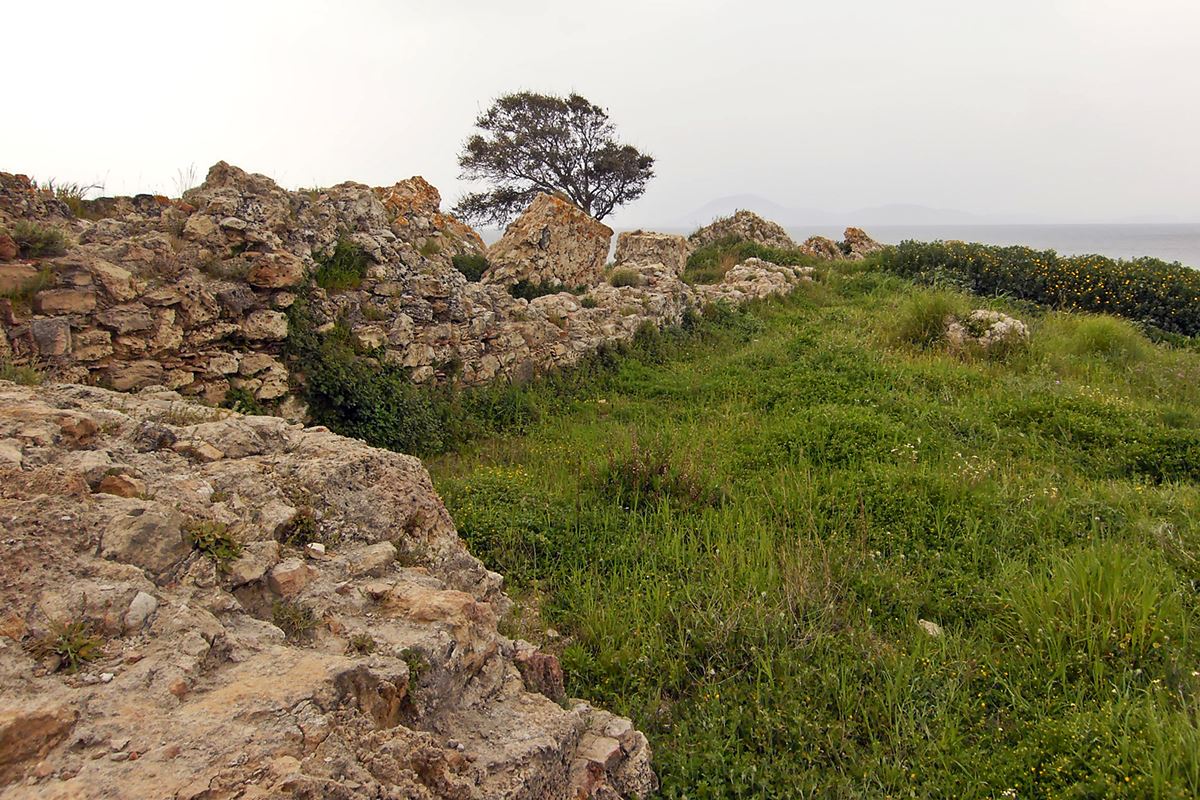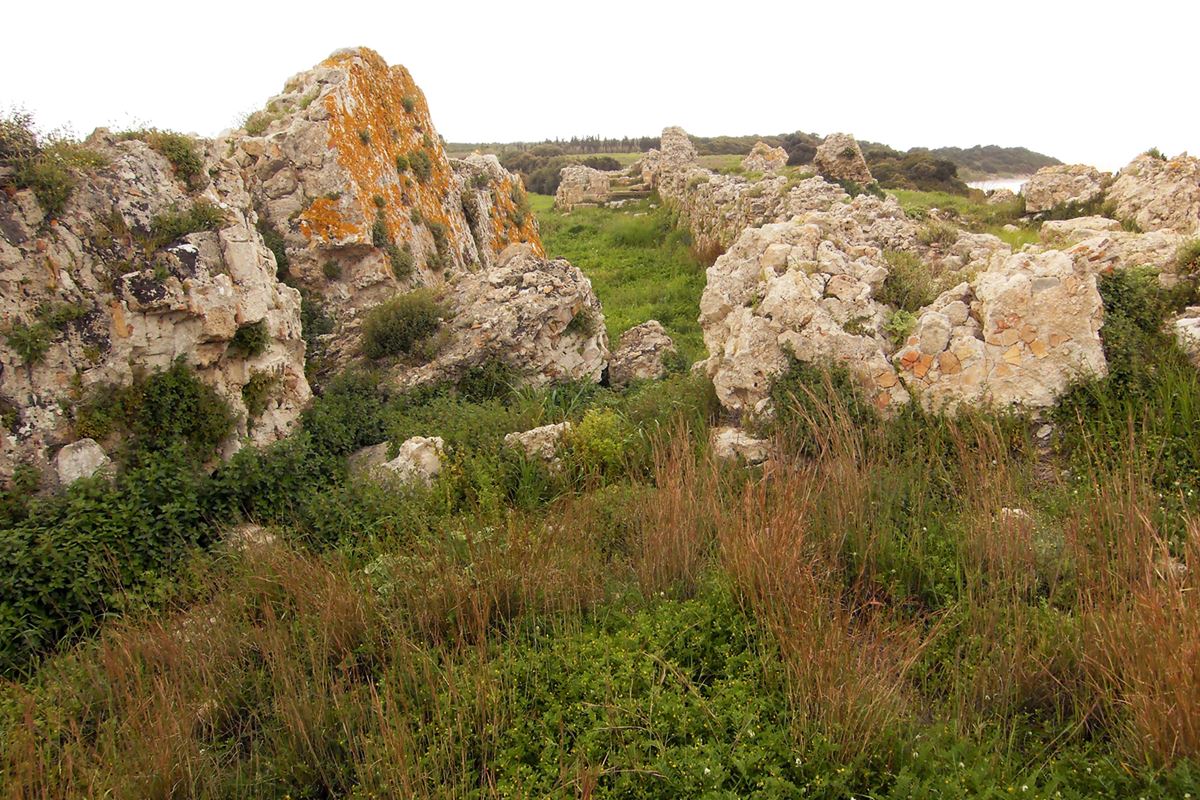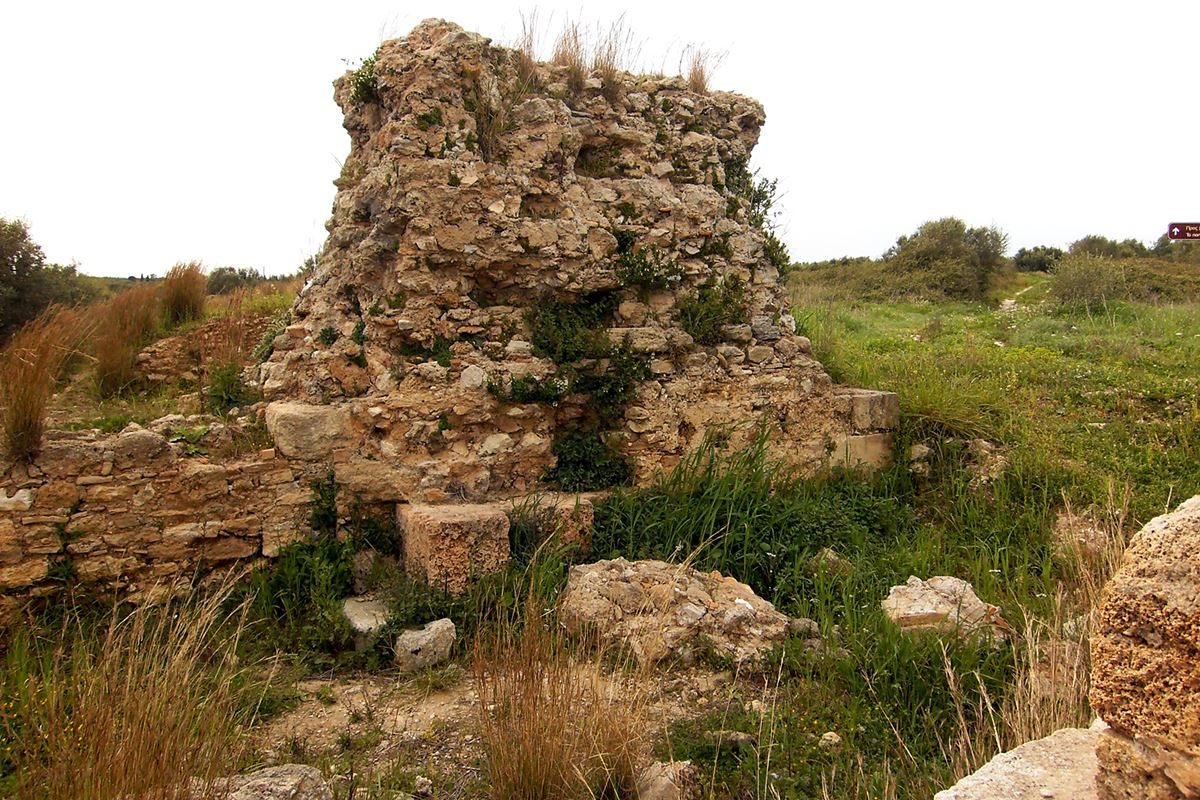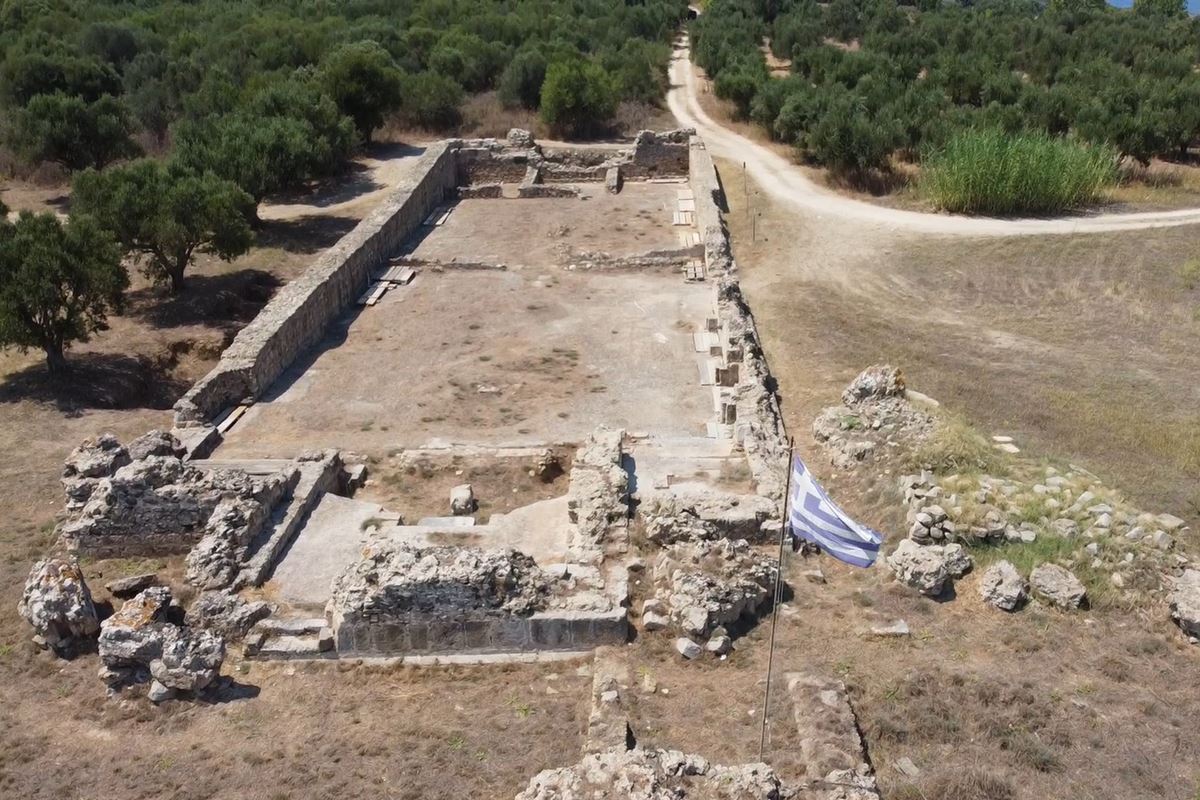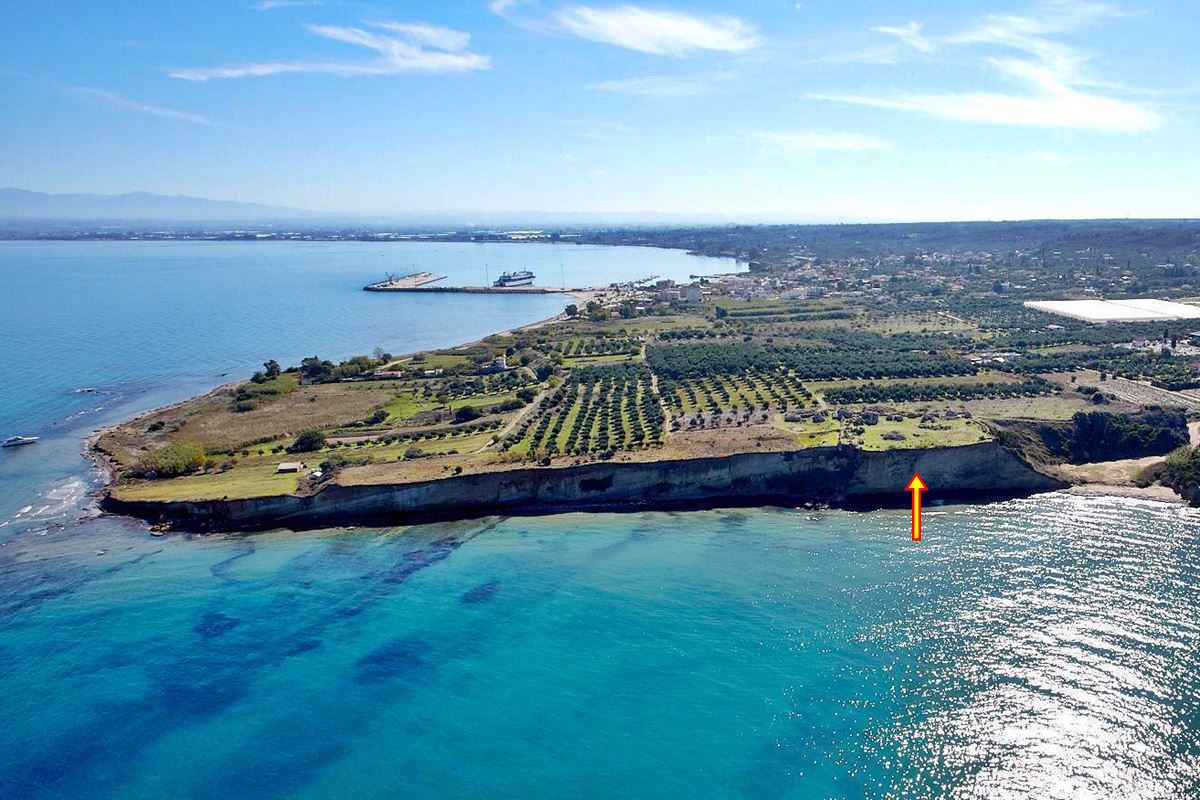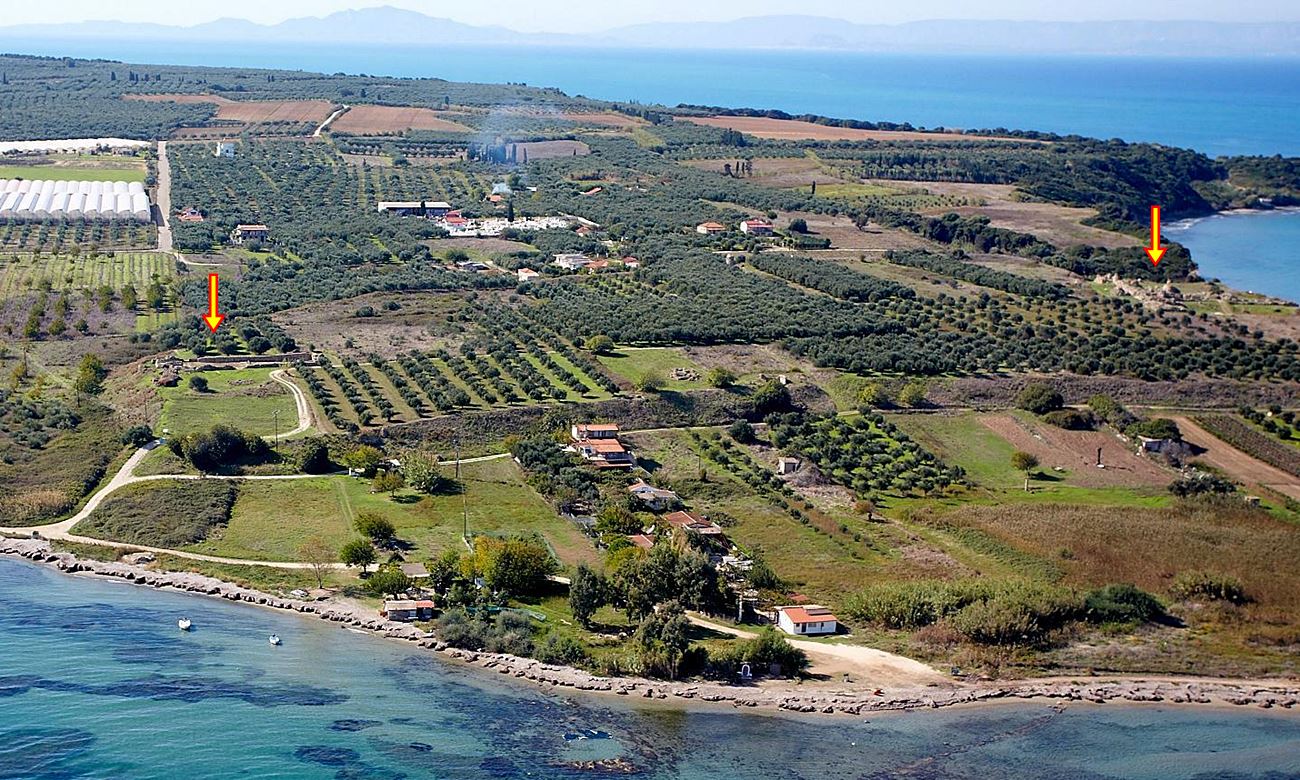Kyllini, Andravida-Kyllini, Elis,West Greece
Glarentza Castle
| Location: |
| Kyllini, West Peloponnese |
| Region > Prefecture: | 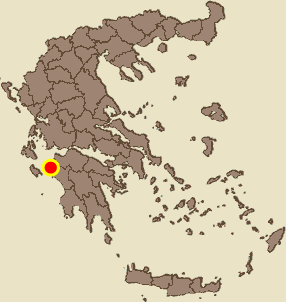 |
| West Greece Elis | |
| Municipality > Town: | |
| City of Andravida-Kyllini • Kyllini | |
| Altitude: | |
| Zero Altitude |
| Time of Construction | Origin | |
| middle 13th century | FRANKISH |
|
| Castle Type | Condition | |
| Fortress-state |
In Ruins
|
Glarentza (Greek: Γλαρέντζα) is a medieval seaside town located near the site of modern Kyllini in Eleia, at the westernmost point of the Peloponnese peninsula in southern Greece. It was once one of the most important ports in the Mediterranean. It declined rapidly in the 15th century and destroyed in the 16th century by the Greek Despots of Mystra.
Little remains of the town today: traces of the city wall, of a church and a few other buildings, as well as the silted-up harbour.
History
Glarentza was founded in the mid-13th century by William II of Villehardouin, the ruler of the Principality of Achaea, a Frankish state established after the Fourth Crusade and encompassing the Peloponnese or Morea peninsula in southern Greece. Its Frankish foundation is evident in its name, Clarence or Clairence in French, Chiarenza or Clarenza in Italian, Clarentia or Clarencia in Latin, rendered Κλαρέντσα (Klarentsa), Κλαρίντζα (Klarintza), or Γλαρέντζα (Glarentza) in contemporary Greek documents.
Glarentza was established as the haven for the Principality's capital, located inland at Andravida, some 13 kilometers away. Along with Andravida and the fortress of Clermont or Chlemoutsi, some 5 kilometers from the port, Glarentza formed the administrative heart of the Principality of Achaea.
Glarentza profited from its location and became the main port for communication and traffic between the Morea and Italy. The town was also the site of the princely mint, which for almost 100 years struck tornese coins, inscribed with “[DE] CLARENTIA”, and “DE CLARENCIA”.

Tornese
The town's decline began in the early 15th century, following the worsening fortunes of the Principality itself. At that time, Achaea, under Prince Centurione II Zaccaria (ruled 1404–30), found itself endangered by the attacks of the Byzantines of the Despotate of the Morea on the one hand and the expansionist designs of the Tocco family of Cephalonia and Zakynthos on the other.
In late 1407, Centurione's own brother-in-law Leonardo II Tocco seized Glarentza and reaped an enormous booty, as recorded in the Chronicle of the Tocco. It took several years of conflicts and diplomatic efforts before a Venetian-mediated deal restored the city to Centurione in July 1414.
In 1417, the Byzantines under the Despot Theodore II Palaiologos and his brother John VIII Palaiologos, launched another attack on the remains of the Principality. The brothers made swift progress, forcing Prince Centurione to retire to Glarentza, which was unsuccessfully attacked by the Byzantines. A truce was concluded in 1418, but in the same year, an Italian adventurer, Olivier Franco, seized the town, which in 1421 he sold to Carlo I Tocco, Leonardo's elder brother.
In 1427, the Byzantines, led by emperor John VIII in person, attacked the Tocco lands in the Peloponnese. After the Byzantine fleet defeated his navy, Carlo was forced to submit, and in 1428, Glarentza was handed over as part of the dowry of his niece, Maddalena, who was married to the Despot Constantine Palaiologos (the future last Byzantine emperor). When Constantine besieged Patras in 1429, a Catalan fleet that came to the city's aid captured Glarentza, forcing Constantine to ransom it back. He then destroyed its fortifications, so that it could no longer be seized and used by a western power.
In 1430, following the final subjugation of the Principality of Achaea by the Byzantines, the Peloponnese was divided into appanages among the various Palaiologos princes. Glarentza became the residence of Thomas Palaiologos until 1432, when he exchanged his portion with Constantine, who had originally settled at Kalavryta. In 1446, Glarentza and its surrounding region were raided by the Ottoman Turks under Sultan Murad II, and in 1460, it fell to the Ottomans along with the remainder of the Byzantine Peloponnese. Αafter that , Glarentza seems to have rapidly fallen into obscurity under the Ottomans, apparently declining as the maritime links with Italy were severed. By the 16th century, it was already abandoned and half-ruined.
The ruins were described by successive travelers until the 19th century, and photographs were also taken later. During the German occupation of Greece in World War II, the German Army demolished what was left.
Structure, Fortification & Buildings
There are very few material remains of the medieval town today. The city wall that surrounded the settlement has largely disappeared and is difficult to trace today, but from the remains of its foundations it does not appear to have been a substantial fortification.
It was lightly built, with a thickness of perhaps 1.8–2 meters, reinforced by rectangular towers. The three gates have left far more substantial remains. The eastern, southeastern and southern sides were fronted by a ditch of some 20–22 meters, with the excavated soil dumped on the inner side and used to elevate the city wall.
A small citadel was located in the southwestern corner of the town. Here was the keep of the castle, so to speak. The boundaries and part of the fortification of this inner fort are still visible.
The port was separated from the main town by a wall, and was situated in an excavated basin (today a swamp) and probably separated from the sea by an artificial mole and protected by extensions of the city walls. The entrance to the harbor was from the west, offering protection from both the wind and the coast's shoals.
Among the few remains of buildings from the interior of the town, most notable are a large monumental staircase and a large church, with dimensions of some 43 meters by 15 meters (141 ft × 49 ft), in the north-east. The church was of relatively simple construction, but of unusual size and maybe it was the church of the Franciscans, where assemblies of the nobles of Achaea were held in 1276 and 1289.
The remaining portions of the church's walls were completely destroyed by the German Army during the Occupation.
| First entry in Kastrologos: | October 2012 | Last addition of photo/video: | September 2023 |
Sources
- ΑΡΧΑΙΟΛΟΓΙΚΟΝ ΔΕΛΤΙΟΝ τεύχος 56-59/Β4 (σελ.611-612)
- Website ΟΔΥΣΣΕΥΣ - του Υπουργείου Πολιτισμού Κάστρο Γλαρέντζας (Greek only)
- video by Ελληνικός Ήλιος Κάστρο Γλαρέντζας, Ηλεία / Glarentza Castle, Ilia Greece
- photos 2, 6, 7, 8 Nick Collins, April 2012
- Photos 1,9 and video by G Traveller Κάστρο Γλαρέντζας | Glarentza Castle
(August 2023)
|
|
| Access |
|---|
| Approach to the monument: |
| - |
| Entrance: |
| ? |
| Other castles around |
|---|
| Vardiola of Argasi |
| Tower of Eleousa monastery |
| Kounoupeli Tower |
| Chlemoutsi |



